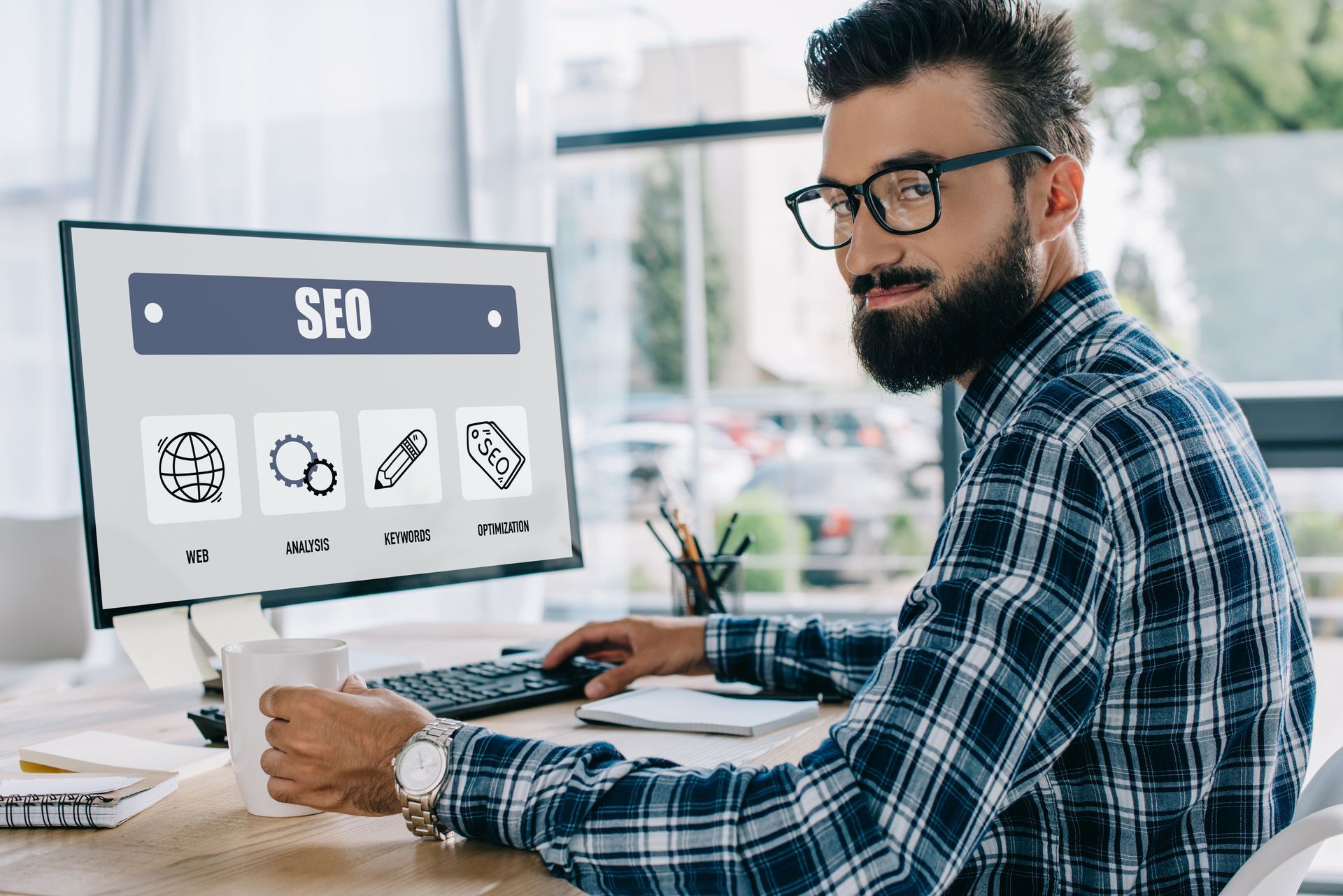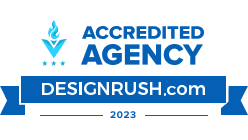Mastering On-Page SEO Optimization: Key Strategies to Boost Your Rankings
Mastering On-Page SEO Optimization: Key Strategies to Boost Your Rankings

Imagine this: You’ve spent weeks building a stunning website with great content, but no one seems to be finding it on Google. You check your analytics, and traffic is barely trickling in. Sound familiar? This is a common frustration for many business owners who invest time and money into their websites but don’t see the results they expect. The problem? Poor on-page SEO optimization.
A client recently approached us with this exact issue. They had a beautifully designed website, but their rankings were abysmal. After performing a comprehensive on-page SEO audit, we found multiple issues—missing title tags, poor keyword usage, slow page speed, and weak internal linking. After implementing strategic on-page optimizations, their organic traffic increased by 120% in just three months. That’s the power of on-page SEO optimization when done right.
According to Backlinko, 75% of users never scroll past the first page of search results. That means if your website isn’t optimized properly, you’re missing out on valuable traffic and potential customers. This guide will walk you through the key strategies to master on-page SEO and boost your rankings on Google.
What is On-Page SEO Optimization?
On-page SEO refers to all the optimizations you make directly on your website to improve its search engine visibility. Unlike off-page SEO (which includes backlinks and external signals), on-page SEO focuses on content, site structure, and HTML elements.
Optimizing these factors helps search engines understand your content better, rank it higher, and provide a better user experience for visitors. Proper on-page SEO ensures that your site is not only discoverable but also engaging and easy to navigate. Let’s explore the key components of on-page SEO optimization in detail.
Key Strategies for On-Page SEO Optimization
To fully optimize your website, you need to focus on multiple aspects of on-page SEO. From keyword placements to page speed, every factor plays a crucial role in determining your website’s rank on Google. Below are the essential strategies that you need to implement.
Optimize Your Title Tags and Meta Descriptions
Title tags and meta descriptions are the first things users see on Google’s search results page. They impact both click-through rates (CTR) and rankings.
Best Practices for Title Tags:
- Keep them under 60 characters to avoid truncation.
- Include your primary keyword near the beginning.
- Make them engaging and relevant to encourage clicks.
- Ensure they accurately describe the page’s content.
Best Practices for Meta Descriptions:
- Keep them under 160 characters.
- Provide a compelling summary of your content.
- Use powerful CTAs like “Learn more” or “Get started today.”
- Include keywords naturally to improve visibility.
Use SEO-Friendly URLs
Your URL structure plays a role in how search engines understand your content. A well-structured URL is short, keyword-rich, and easy to read.
Best Practices for URLs:
- Keep URLs under 75 characters.
- Avoid stop words like “and,” “the,” or “with.”
- Use hyphens (-) instead of underscores (_) to separate words.
- Example: yourwebsite.com/on-page-seo-tips
- Keep URLs hierarchical, following the site’s structure.
Optimize Header Tags (H1, H2, H3, etc.)
Header tags help organize your content and make it easier to read for both users and search engines.
How to Use Header Tags Effectively:
- H1 tag should contain the main keyword and be unique to each page.
- H2 and H3 tags should be used to break up content into sections.
- Use headers strategically to improve readability and keyword placement.
- Avoid keyword stuffing in headers—use natural phrasing.
Improve Content Readability and Structure
Google prioritizes content that is valuable, clear, and engaging. If your content is hard to read, users will bounce off your page, which negatively impacts rankings.
Tips for Better Readability:
- Write in short paragraphs (2-3 sentences max).
- Use bullet points and numbered lists to break down complex information.
- Avoid jargon and write in a conversational tone.
- Use multimedia elements (images, videos) to break up long text.
Implement Internal Linking
Internal linking helps search engines understand the relationship between different pages on your website. It also keeps users on your site longer.
Best Practices for Internal Linking:
- Link to related blog posts or service pages.
- Use descriptive anchor text (e.g., “Learn more about on-page SEO” instead of “click here”).
- Ensure each page has at least 2-3 internal links.
- Avoid excessive linking—keep it natural and relevant.
Optimize Image SEO
Images enhance user experience, but if not optimized, they can slow down your site and hurt rankings.
Image SEO Best Practices:
- Compress images using tools like TinyPNG or ShortPixel.
- Use descriptive file names (e.g., on-page-seo-guide.jpg instead of image123.jpg).
- Add alt text with relevant keywords to improve accessibility and rankings.
- Use modern formats like WebP for faster loading.
Improve Page Load Speed
Page speed is a ranking factor for both desktop and mobile searches. Slow-loading pages lead to high bounce rates and lost conversions.
How to Improve Page Speed:
- Use a content delivery network (CDN).
- Enable browser caching.
- Minimize JavaScript and CSS files.
- Use fast web hosting.
- Optimize database queries to reduce load times.
Ensure Mobile-Friendliness
Over 60% of all searches now come from mobile devices. Google uses mobile-first indexing, meaning it ranks the mobile version of your site first.
Mobile SEO Tips:
- Use a responsive web design.
- Ensure text is readable without zooming.
- Test your site on Google’s Mobile-Friendly Test.
- Optimize touch elements (buttons, links) for better UX.
Implement Schema Markup
Schema markup helps search engines better understand your content and can lead to rich snippets in search results (e.g., star ratings, FAQs, recipes).
How to Add Schema Markup:
- Use Google’s Structured Data Markup Helper.
- Implement relevant schema types like FAQ, How-To, or Product.
- Test with Google’s Rich Results Test.
- Add structured data to improve SERP appearance.
Frequently Asked Questions
1. How long does it take to see results from on-page SEO optimization?
On-page SEO improvements can start showing results within a few weeks to a few months, depending on factors like competition, keyword difficulty, and how well the optimizations are implemented. Generally, significant ranking improvements are noticeable within 3 to 6 months.
2. Can I do on-page SEO on my own, or do I need an expert?
While you can handle basic on-page SEO yourself, hiring an expert ensures technical optimizations, keyword research, and advanced strategies are properly executed. If you’re new to SEO, working with a professional can save time and improve results faster.
3. Does on-page SEO optimization work for all types of websites?
Yes, on-page SEO is essential for all websites, whether they are blogs, e-commerce stores, local businesses, or corporate sites. The strategies may vary slightly depending on the industry, but every site benefits from proper optimization.
4. How often should I update my on-page SEO?
SEO is an ongoing process. It’s recommended to audit and update your on-page SEO at least every 6 months, or whenever Google updates its algorithm. Regular content updates, performance monitoring, and technical improvements help maintain rankings.
How Lingows Media Can Help You
Mastering on-page SEO optimization takes time, strategy, and continuous updates. At Lingows Media, we specialize in SEO, digital marketing, web design, and automation to help businesses rank higher, attract more traffic, and generate leads.
Visit us at: 1400 16th St Suite 400, Denver, CO 80202
Call us today: (720) 738-5548
Let’s take your website to
the top of search results! Contact us today for a
free SEO audit and start improving your rankings!
SIGN UP TO OUR NEWSLETTER!
Get the latest news on Local SEO, Reputation Management Tips, Creative Content Updates, and much more.
SIGN UP TO OUR NEWSLETTER!
We will get back to you as soon as possible.
Please try again later.
All Rights Reserved | Designed by Lingows Media













